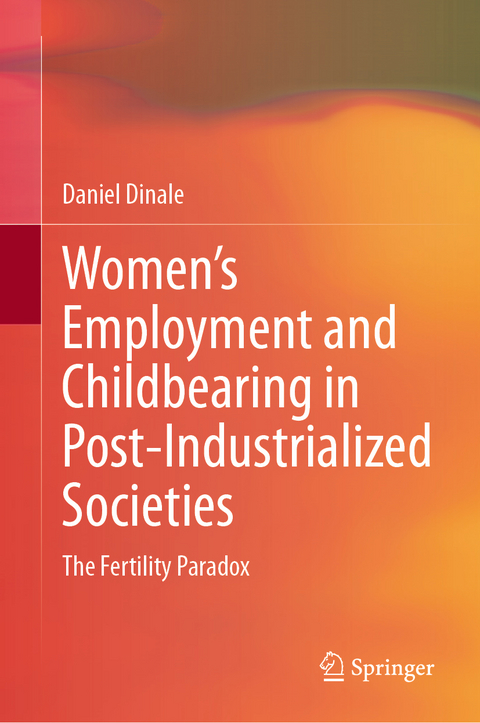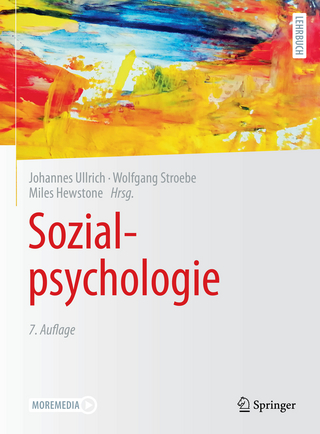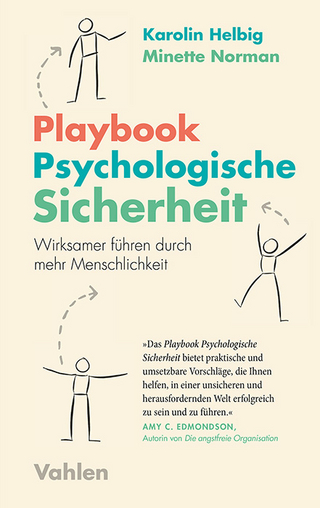
Women’s Employment and Childbearing in Post-Industrialized Societies
Springer International Publishing (Verlag)
978-3-031-46097-5 (ISBN)
This book discusses the relationship between women's labour force participation and fertility rates in developed nations. It shows a positive relationship between women's workforce participation and childbirth. It theorises a new approach to explaining this 'fertility paradox' that looks at institutional factors influencing gender equality in developed nations. The book analyses a range of institutional variables that impact the positive relationship between female employment and fertility rates, including labour market institutions, social policies and welfare state institutions (family policies, active labour market programs and public sector employment) as well as household gender dynamics. Written for both academics and policy-makers, this book has theoretical relevance for research on gender and work, and also for policies aimed at increasing women's employment and redressing low fertility, which are important issues in many developed nations.
lt;p>Daniel Dinale is a post-doctoral researcher at the University of Sydney. He received his PhD degree in work and organisational studies at the University of Sydney Business School. Daniel's research background is focused on gender and social policy, focusing on comparative employment relations, labour markets and female labour force participation. Daniel has authored reports for the Fair Work Commission, Australia's industrial relations tribunal, and the NSW Department of Premier and Cabinet. He has co-authored book chapters on the lives of working women and different types of leave policies post-COVID.
The fertility paradox: more working women, more babies.- Traditional explanations for the nexus between female employment and fertility rates.- Gender egalitarianism as a new model.- Building a new model to explain the fertility paradox.- The service economy, general skills and the rise of women.- Employment protection legislation and flexible labour markets.- wage dispersion and private sector substitutes for unpaid household work.- Defamiliarising family benefits and leave policies.- Dual-earner oriented pro-employment policies.- large female-friendly, service-oriented public sector.- Equitable division of unpaid household labour.- The future of fertility and female employment.
| Erscheinungsdatum | 02.12.2023 |
|---|---|
| Zusatzinfo | XVI, 253 p. 49 illus., 46 illus. in color. |
| Verlagsort | Cham |
| Sprache | englisch |
| Maße | 155 x 235 mm |
| Gewicht | 565 g |
| Themenwelt | Geisteswissenschaften ► Psychologie ► Arbeits- und Organisationspsychologie |
| Sozialwissenschaften ► Soziologie ► Gender Studies | |
| Sozialwissenschaften ► Soziologie ► Spezielle Soziologien | |
| Schlagworte | Employment relations perspective on fertility • Female employment and fertility rates • Fertility paradox • Gender equality and fertility • New era of fertility • Post-industrial fertility |
| ISBN-10 | 3-031-46097-9 / 3031460979 |
| ISBN-13 | 978-3-031-46097-5 / 9783031460975 |
| Zustand | Neuware |
| Informationen gemäß Produktsicherheitsverordnung (GPSR) | |
| Haben Sie eine Frage zum Produkt? |
aus dem Bereich


